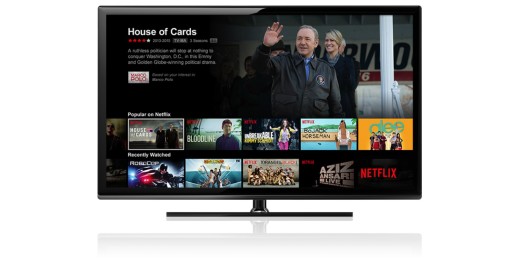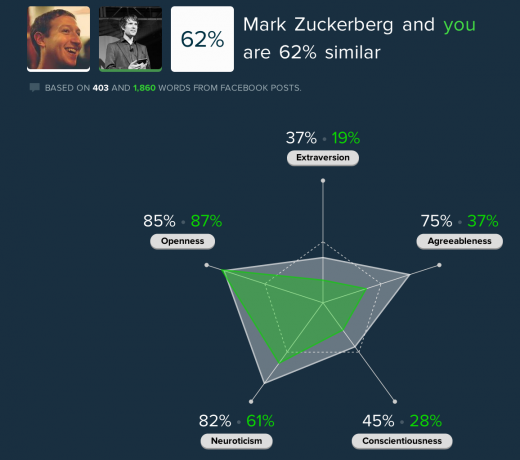
The U.S. job market seems to be reliably back on its feet, and it’s signalling a sea change for employers and employees alike. Job seekers are no longer desperate for any opportunity that comes along. Those who are currently employed are discarding the I’m-just-thankful-I-have-a- job mindset. At long last, many people have the luxury of stepping back, taking stock, and figuring out what they really want out of a job, career and company.
This means businesses are suddenly facing serious competition for talent, something they haven’t had to deal with in a while. Recruitment and retention, two corporate players who’ve been languishing on the bench for years now, are being called to suit up. And since they were last in it, the game has changed.
Some of the elements that factor into the job hunt calculus are what they have always been—fair pay, good benefits, the possibility of a healthy work/life balance. But these days, there’s another item on people’s must-have list: emotional fulfilment.

Employees today expect to be consistently acknowledged for exactly who they are, and communicated with in exactly the way they want to be. They may not label this job requirement as such; they may not even realize they want it. But they do know when they aren’t getting it—and they’ll bolt from a job that doesn’t give it to them as easily as they’ll bolt from a brand or a relationship that doesn’t.
Hooked on a feeling
Actually, the desire to feel seen, known and understood is nothing new. It is and always has been what forges and fuels some of our most important relationships. We usually describe it as “clicking” or “chemistry,” and when we experience it with someone, we want more.
What is new is where and how often we’re getting that feeling.
Today, it’s not just your soulmate who can finish your sentences; Google can, too. Your best friend isn’t the only one who has your taste in clothes nailed; so does Stitchfix, and they’ll deliver a custom wardrobe boost to your front door any time you want.
Amazon has the perfect book for you, not to mention the perfect chair, pillow, blanket, coffee cup to go with it. Netflix has your ideal next binge-watch all queued up, and Nest knows exactly what temperature the room should be when you watch it. The examples go on and on.
Most people in the workforce have grown extremely used to this constant delivery of ever easier, ever more personalized experiences. Millennials have really never known a world without it. In short, we’ve all become addicted to chemistry. So a lack of it in a given situation is that much more noticeable and, increasingly, intolerable.
Employers who want to find and keep great talent, and young talent in particular, are getting savvy to the realities of the new emotional workplace. They’re going beyond espresso bars, catered lunches and meditation rooms to create a culture that listens and responds to employees with the same kind of individualized recognition those employees’ favorite brands offer them. That starts by knowing something essential about their personalities.
Personality-typing models abound, and purport to dictate everything from what career you should choose to what your own personal hell would look like. But whether you’re an A or B, an ENFJ or an ISTP, when it comes to communication, it turns out you’re also something else that matters even more.
More than 40 years ago, Dr. Taibi Kahler developed the Process Communication Model® which identified six base personality types: Emotions, Opinions, Thoughts, Actions, Reactions and Reflections. Each of these types communicates with people differently and is motivated differently. When we feel that click—be it with a person, a brand or a company—it’s because in our interactions with them, those personality needs are being met.
NASA took Kahler’s model and used it to build strong, cohesive teams of astronauts who worked together to accomplish tremendous things. Any organization looking to do the same within their ranks can take a page from NASA’s playbook. And executing it doesn’t have to be rocket science.
Here are four simple steps to creating a more emotionally-fulfilling workplace culture that meets employees’ personality needs at a deep and compelling level:
Remember: It’s not you, it’s them
The old Golden Rule has its place in life, but your corporate culture isn’t it. To create a work environment in which everyone feels they belong, you should do unto your employees and colleagues as they would have you do unto them. To get there…
Listen to their language
You don’t have to administer a lengthy, intrusive test to get a sense of someone’s personality type. We all advertise our personalities constantly through the language we use. Be especially attuned to the way people start their sentences. “I feel…”, “I think…” and “I believe” are examples of simple statements that can indicate three very different types and, hence, very different communication preferences and needs.
Identify the touch points
Find a few key places where you can use language to connect with and motivate people. Email is an obvious choice, as are meetings and employee reviews. Whenever you’re tasked with communicating important information, step back for a second and think about the recipient, and the way they communicate with you in that context.
Look back at their emails; note their presentation style. Remember the way they’ve advertised their needs and preferences, and let those advertisements guide your approach.
Be transparent
For personality to be an effective retention tool, everyone needs the knowledge, and everyone needs to utilize it. At my company, Mattersight, personality plays a central role in our culture as well as our product. We’re all very aware of our own and each other’s types, and it’s hugely helpful in effectively communicating with and understanding one another.
As a Thoughts-based person, for example, I tend to value and respond positively to clear data, logically presented. My colleagues know that if they want a communication to resonate with me, they’ll strip out everything but the facts, and present them in a straightforward, sequential way.
But when I’m communicating with an Emotions-based colleague, I make an effort to acknowledge their feelings, or the way the subject at hand impacts their team. In this personality-cognizant environment, we all really, truly “get” each other. That feels great. It makes our jobs a lot easier. And it makes the company a place we all want to be and remain a part of.
In his 2009 book, Drive, Dan Pink explored the evolving importance of intrinsic vs. extrinsic motivations. He found that tangible if/then rewards, while still relevant, start to drive diminishing returns at a certain point. What gets people engaged and ignites performance, even more than money, are things like inherent satisfaction, autonomy and a sense of higher purpose.
Similarly, recognizing employees as emotional beings, and making an effort to discern and meet their needs at that level, values and rewards them in a way that money just can’t. Companies who do so have a significant edge over those that don’t. In a job market where options abound, they’re the ones people will feel powerfully drawn to, deeply connected to and reluctant to leave.
Read Next: How to build a happy and productive remote team
Image credit: Shutterstock
Get the TNW newsletter
Get the most important tech news in your inbox each week.









